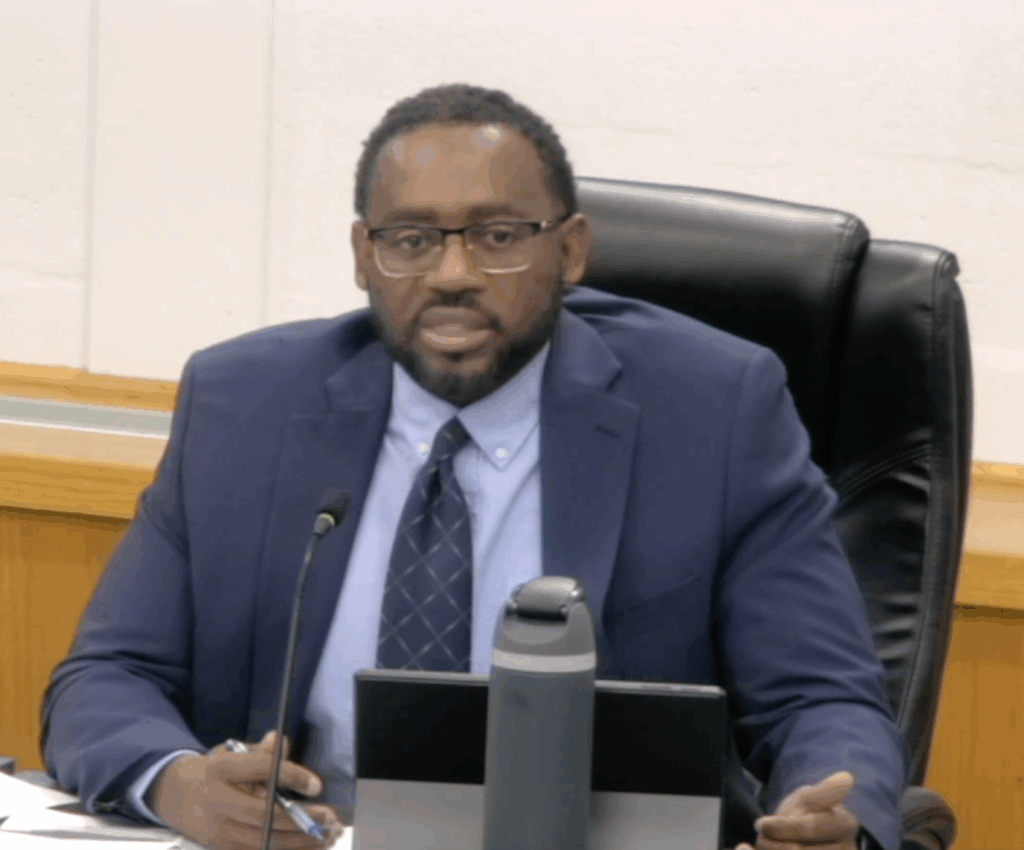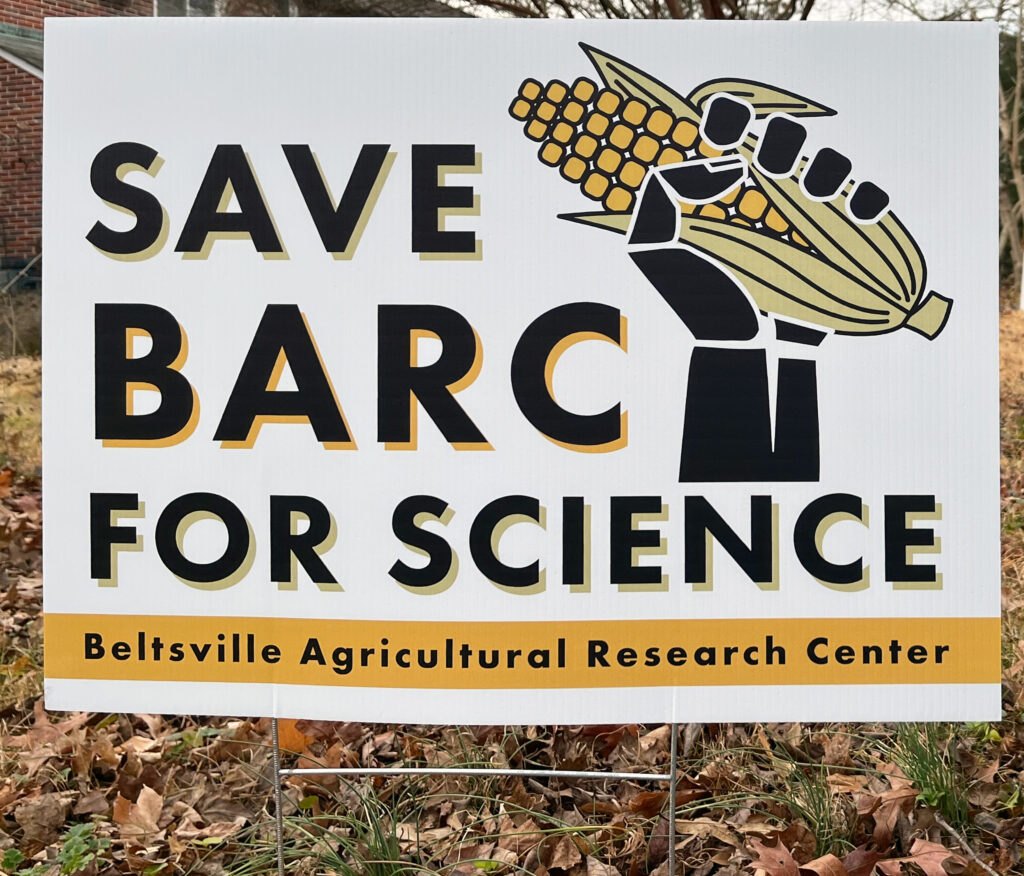From the Archives
An epidemiological history of infectious diseases in Greenbelt must include a chapter on poliomyelitis, or polio, a life-threatening illness caused by the poliovirus, and the vaccines – two were developed – that eventually virtually eliminated the disease, along with the fear of catching it.
As cases of polio began to rise in the United States and throughout the world, the Greenbelt Cooperator reported in September 1941 that no cases were found in Greenbelt. The town’s public health officer at the time, Dr. Joseph Silagy, stated that although Prince George’s County was experiencing an increase in cases, Greenbelt was polio-free. He also said that since no vaccine had been discovered yet, control of the disease depended on the cooperation of everyone in the community in carrying out prevention measures, including isolating sick children, not making out-of-town trips with children and avoiding undue physical strain on children during the prevalence of the disease.
First Greenbelt Case?
This declaration was unfortunately short-lived as well as inaccurate. The following week’s Cooperator reported that prior to the statement that Greenbelt was free from polio, a suspected case was in fact already reported to Silagy: a local doctor had asked Silagy to check on a sick child in the doctor’s care that he suspected might have polio. Silagy examined the child, decided the illness was not polio and refused to issue a quarantine order. Given the difference of medical opinions, the child was subsequently examined by four other medical professionals and ultimately diagnosed with polio.
The Cooperator stated that it had acted in good faith when it reported there were no cases in Greenbelt and that they now had “indisputable evidence that at the time the statement was submitted, a suspected case of polio had already been reported to Silagy.” A letter to the editor from worried mothers said that they felt “the Department of Public Health should be condemned for not having exercised the utmost precaution” in determining whether the illness was polio before publishing the statement. They insisted an investigation be made and actions taken to determine whether more cases existed. The next week’s Cooperator reported that a special council meeting had convened, exonerating Silagy of any blame in the polio situation and concluding that the editorial was written without sufficient facts.
Few Cases Most Years
The highest number of polio cases in Greenbelt was reported in 1946, when 14 children, ranging in age from 3 weeks to 14 years, and one adult were stricken; two of the children were hospitalized for at least four months. In July of that year, Dr. William Eisner, Silagy’s successor, tried to assure concerned residents: “This time every year brings a number of cases of polio. Many parents needlessly become upset and disturbed because they pay attention to ill-founded gossip and rumors. It is important that we all see the situation in its proper light. There are many childhood diseases which are more common and more dangerous than polio from all points of view. Less than 15 percent of polio victims die; more than half of the cases make a complete recovery. The incidence of polio as a rule is less than one tenth of one percent of a population.” Although it was not then known how polio was spread, Eisner offered a list of general Do’s and Don’ts, with the first being: “Please don’t spread any information or statistics unless verified by the proper sources.”
Awaiting a Vaccine
After this time and until the early 1950s, not much editorial space was given to the polio issue. A 1954 Cooperator article titled Polio Conquest Near stated that a vaccine would be available within 5 to 10 years and perhaps “polio will be brought under control as so many other diseases have been. When that time comes,” the article said, “all Americans can feel a sense of pride, for the contributions of people from all walks of life” that helped pay for the care of victims and research endeavors.
Only a short time after, however, in March 1955, the newly renamed Greenbelt News Review reported that pending successful field trials, a vaccine would be available by spring of the same year. If approved, the Salk vaccine would be available to approximately 150,000 first and second graders in Maryland and would require three injections; since there are three strains of polio it was necessary to have immunity against all the strains. The timing was critical due to the intervals required between injections and the need to have the entire series completed before the onset of the polio season in Maryland, generally the beginning of July. Since so much pre-planning was necessary for a mass inoculation program, “the support and cooperation of all supervisors, teachers, principals and others in the schools” would be imperative in “carrying out this important preventative health activity.” Once the green light was given, 15,000 children in Prince George’s County would be inoculated over a 5-week period. The inoculations were voluntary, and no child would receive the vaccine unless there was a signed request from the parent.
Children Vaccinated
About a month later, the News Review reported that the Salk vaccine was declared “safe and effective.” Under the guidance of the Maryland Department of Health, 455 Greenbelt children were to receive the vaccine. The article stated that “a very high percentage of parents of first and second graders have requested the shots for their children, and that at least one more inoculation will come in the near future.”
In 1956, the News Review published the Health Department’s review of the polio vaccine program in Maryland. A study of this data for 1955 said that a “single inoculation reduced the number of paralytic cases in the vaccinated group by about 60 percent compared to the level of paralysis” among similar age non-vaccinated children. Polio had affected young children almost exclusively, hence the old synonym “infantile paralysis.” The review stated that in recent years, however, there was a notable “upward shift in age selection” and it was “disappointing that in the important late teenage group” the coverage was poor. The Health Department recommended that adults over 20 years of age – especially those between 20 and 35 who lived with young children – also get inoculations. To this extent, everyone could make an important “contribution to the public health by securing injections for himself and his family.”
Vaccine Program Lags
A 1957 News Review article titled Don’t Be Polio Victim stated that, despite the vaccine being “safe, marvelously effective and in abundant supply, the national vaccine program was lagging behind,” and “inertia and apathy” were largely responsible “for the failure of large segments of the public to be vaccinated.” The article said that the “medical profession should go all out in an effort to promote the use of the vaccine.”
Oral Vaccine Ready
Not much else was written about polio in the News Review until 1964, when a second new vaccine was making headlines. The Sabin Oral Vaccine was reported to confer lifelong protection, compared to the Salk vaccine, which required booster shots. The News Review reported that the cost for the oral vaccine would be a voluntary contribution of 25 cents; however, it would be provided free to anyone who did not have the money to contribute. “There is no such thing as being too old to take the vaccine” the article stated. Citizens who had already received the Salk shots were urged to get the Sabin vaccine because anyone who had not gotten the Sabin vaccine could also be a carrier of polio, and it was only “through total immunization of the area’s population that polio” could be wiped out. Many people believed they should not take the vaccine if they had allergies or diseases. The spokesman for the medical societies, however, indicated that neither disease nor allergy should prevent anyone from getting the vaccine.
Vax Clinics Successful
And so, in April, May and June of 1964, at the Center School and Greenbelt Junior High, the city held three vaccination clinics for the Sabin Oral Vaccine – painless and easy to take by mouth in the form of drops on a sugar cube. Following these vaccination clinics, the News Review reported that Greenbelters were to be “congratulated upon their participation in the intensive polio vaccination drive” after “5,311 persons received their third and final dose of Sabin oral polio vaccine.” Based on an “estimated Greenbelt population in 1963 of 8,830 (including Spring Hill Lake)” it seemed probable that at “least 70 percent participation was achieved.” Thanks to dedicated health care professionals, steadfast and committed parents, and these two vaccines, the United States has been polio-free since 1979, thus closing this chapter in the epidemiological history of contagious diseases in Greenbelt.
Sources
The information in this article was obtained from Greenbelt Cooperators published in 1941 to 1954 and in News Reviews from 1955 to 1964. Digital versions of these papers are available on the Internet Archive (archive.org/details/greenbelt-news-review) or on the News Review website (greenbeltnewsreview.com/archives). For more information contact newsreview.archive.com.




